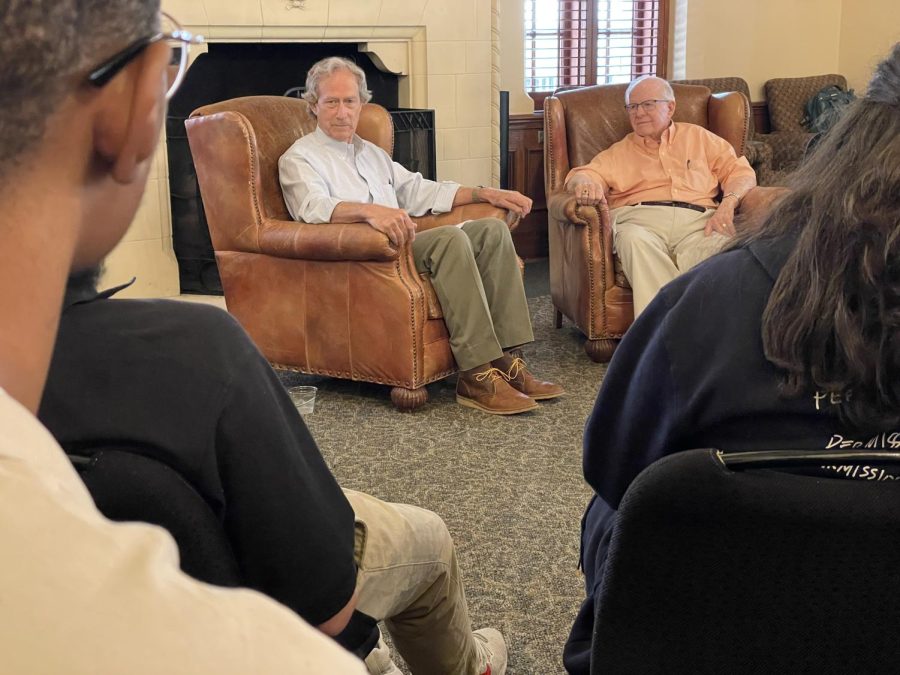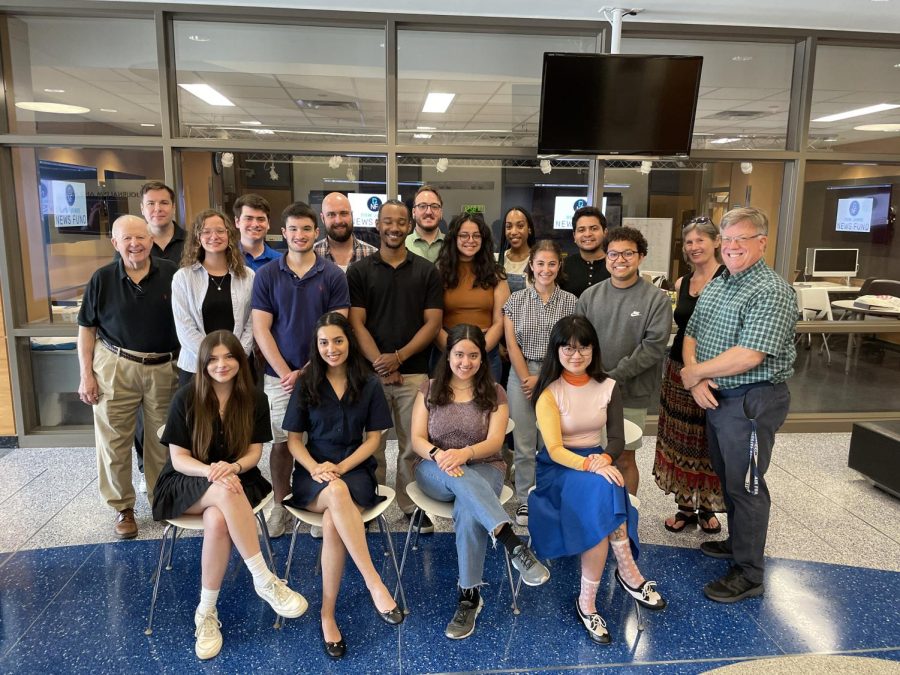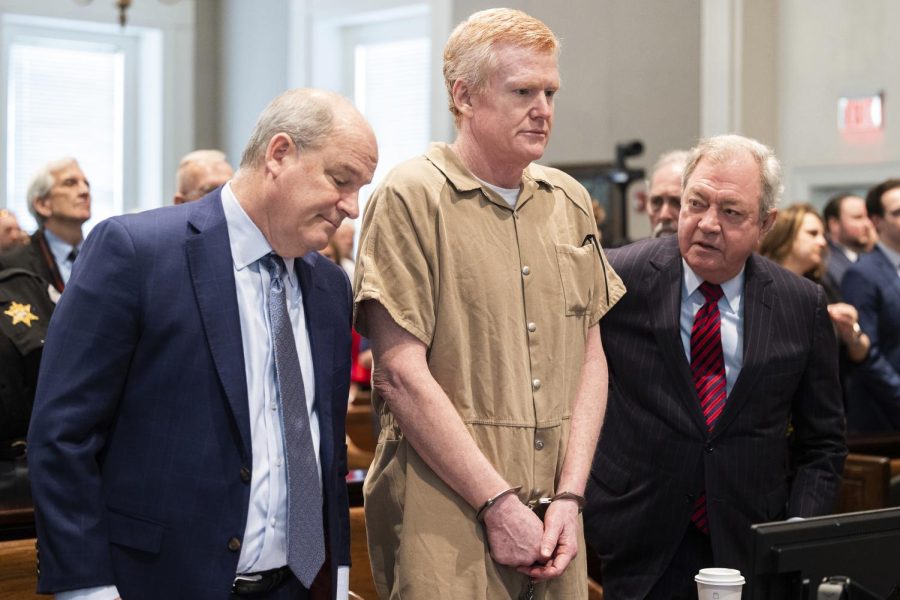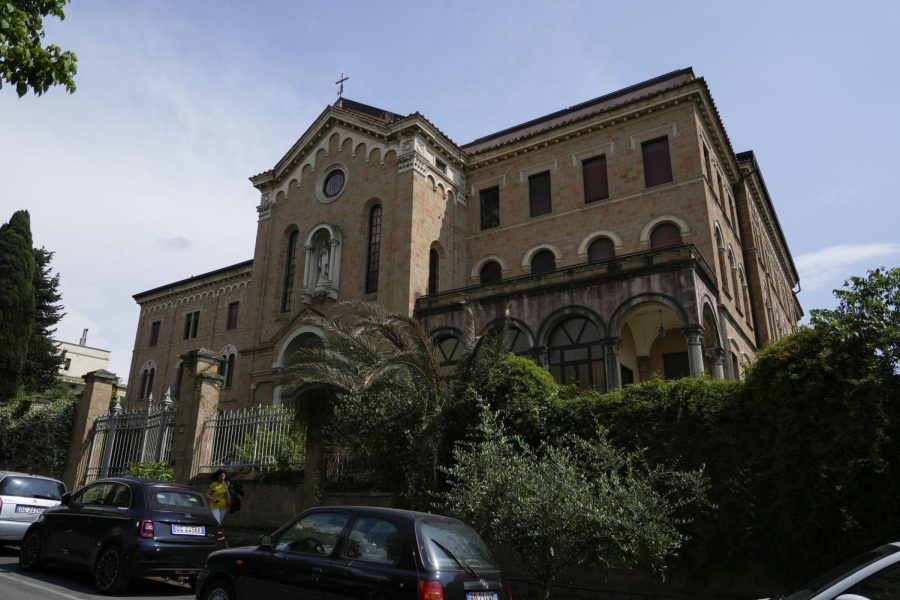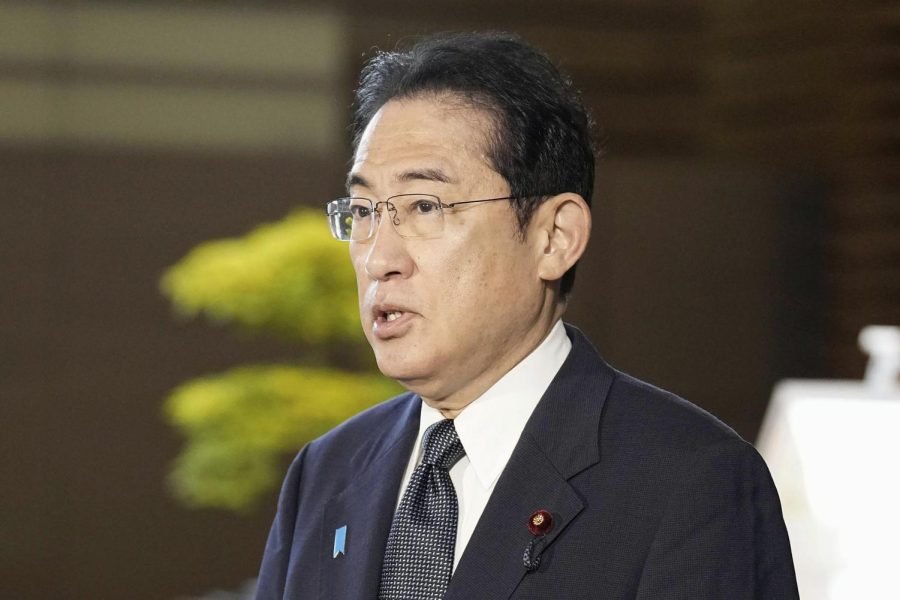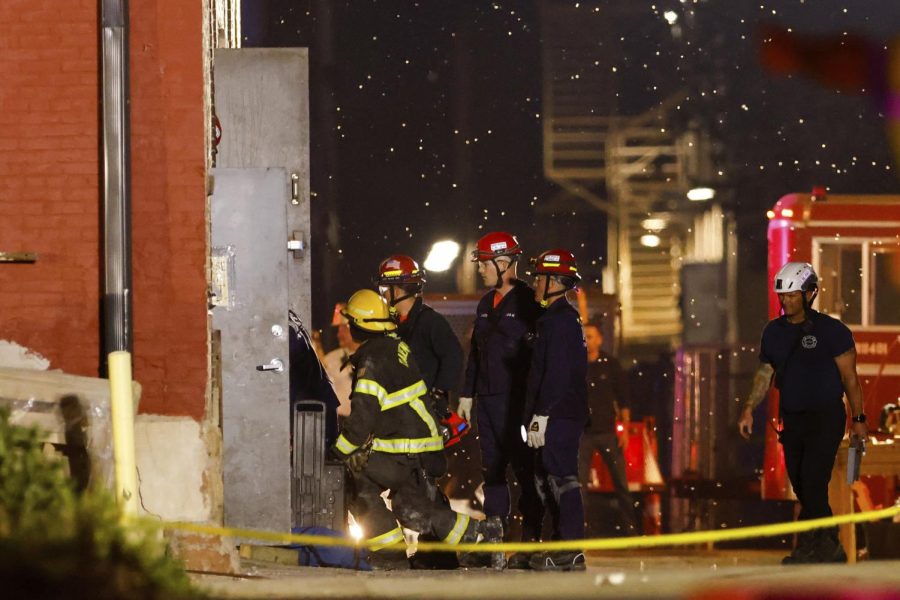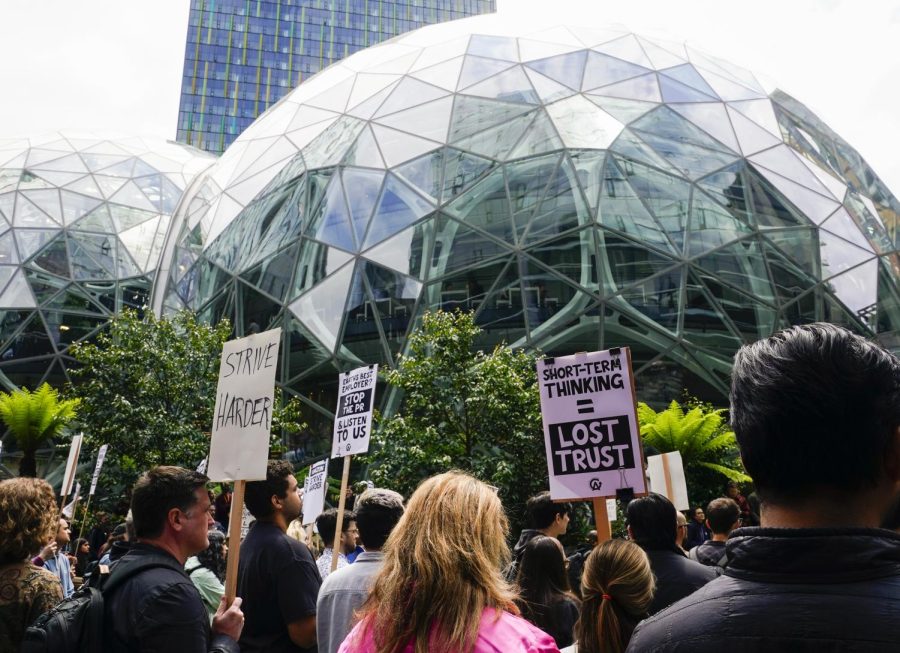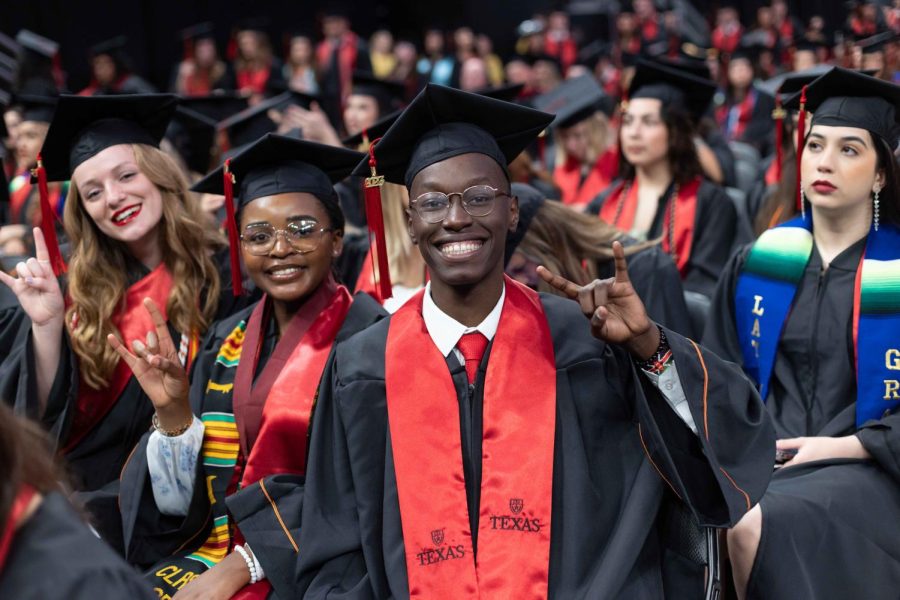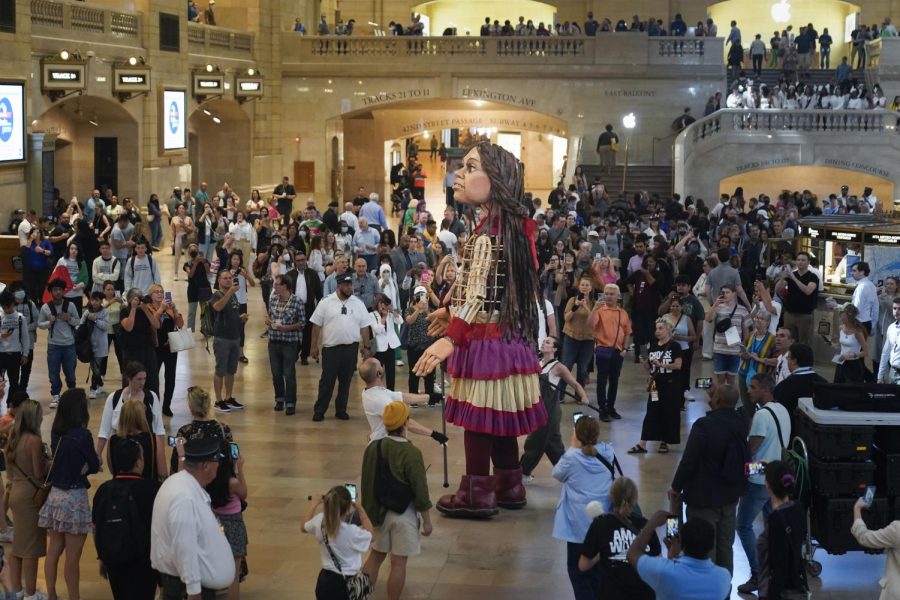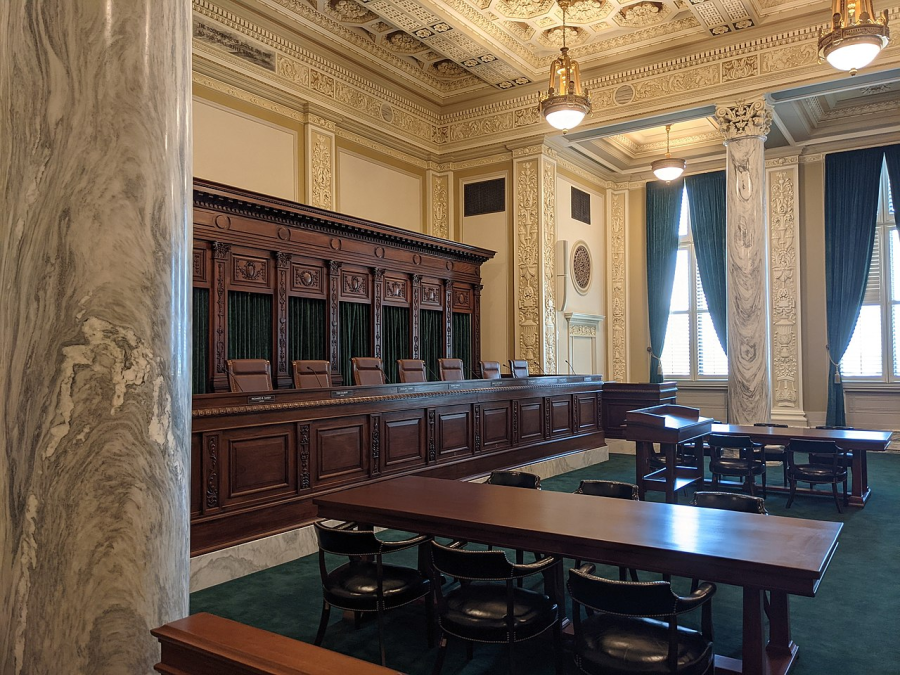JULIET WILLIAMS
Associated Press
SACRAMENTO, Calif. — Residents of California’s largely rural, agrarian and politically conservative far northern counties long ago got used to feeling ignored in the state Capitol and out of sync with major urban areas.
The idea of forming their own state has been a topic among local secession dreamers for more than a century. Residents in two counties will have a chance to voice that sentiment next week.
Voters in Del Norte and Tehama, with a combined population of about 91,000, will decide June 3 on an advisory measure that asks each county’s board of supervisors to join a wider effort to form a 51st state named Jefferson.
Elected officials in Glenn, Modoc, Siskiyou and Yuba counties already voted to join the movement. Supervisors in Butte County will vote June 10, while local bodies in other northern counties are awaiting the June 3 ballot results before deciding what to do.
A similar but unrelated question on the primary ballot in Siskiyou County asks voters to rename that county the Republic of Jefferson.
There are 12 counties in northern California that share one state senator, compared with 18 senators representing Los Angeles County alone.
“Essentially, we have no representation whatsoever,” said Aaron Funk of Crescent City, a coastal town in Del Norte County near the Oregon border.
The current county secession efforts are merely advisory, encouraging local officials to further study the idea. The steps involved in trying to become the country’s 51st state are steep, first requiring approval from the state Legislature, then from Congress.
The counties that could opt in — as many as 16, according to supporters — make up more than a quarter of the state’s land mass but only a small portion of its population.
The seven counties that have voted or will vote this month have a combined geographic area twice the size of New Hampshire, with about 467,000 residents.
The terrain spans some of California’s most majestic coastal scenery to agriculture-dominated valleys, Mount Shasta and Redwood National Park. Some of its residents are also are among the state’s poorest, and the population is far different from California as a whole.
While the state has no racial majority and Hispanics make up the largest ethnic group, residents in the far northern counties are overwhelmingly white.
Because the exact makeup of the proposed state of Jefferson is still unknown, it is hard to assess the potential economic impact. The state Department of Finance does not have a county-by-county comparison of what each contributes in state revenue versus what it receives.
But the loss of millions of dollars for everything from infrastructure to schools is among the biggest worries of residents who oppose the secession movement. The Del Norte County Board of Education, which receives 90 percent of its funding, or $32 million, from the state, voted to oppose the local initiative, known as Measure A.
If it passes, Kevin Hendrick said he worries that local officials will spend years studying how to create a new state rather than tackling concrete problems such as fixing a crumbling highway that is in danger of falling into the ocean.
“It’s a lot of broad promises about things being better and representation being better,” said Hendrick, who is leading the opposition in Del Norte. “But the more they talk, the less clear it becomes about how that’s actually going to happen.”
It is also unclear how the new state would pay for federally mandated education, social welfare, health care and other programs or a host of other services residents rely on. Proponents have said they would scrap thousands of regulations and state agencies, freeing Jefferson’s leaders to spend how they want and attract more businesses.
“We have the water, forests, timber, we have the minerals. We have unspoiled agricultural land,” said Funk, the secession proponent. “We would be the wealthy state if we were allowed to go back and use our natural resources ourselves.”
Much of the land in what would become the state of Jefferson is federal, and that wouldn’t change if the region became its own state.
A separate effort by Silicon Valley venture capitalist Tim Draper, borne out of the same belief that the state of 38 million has become ungovernable, would create “six Californias,” including Jefferson. The state legislative analyst’s office found Jefferson would rank near the bottom of the six economically.
Many state-of-Jefferson meetings are held in conjunction with tea party groups, who share similar concerns over what Siskiyou County Supervisor Marcia Armstrong calls “so many nanny laws” coming from Sacramento.
“We are very libertarian in view,” she said, “and we believe that people would have freedom to make their own choices as long as they don’t impose on other people’s rights.”


